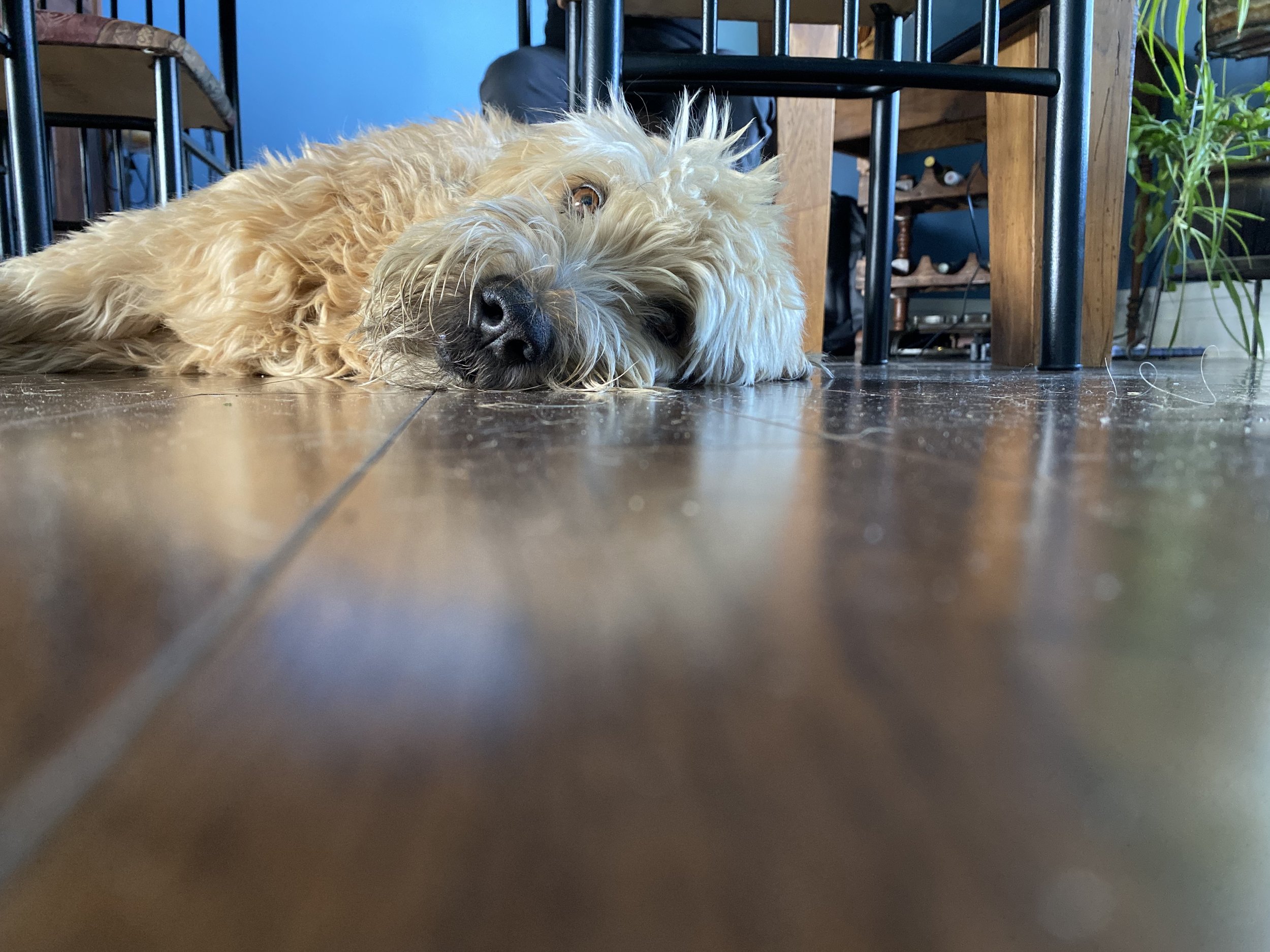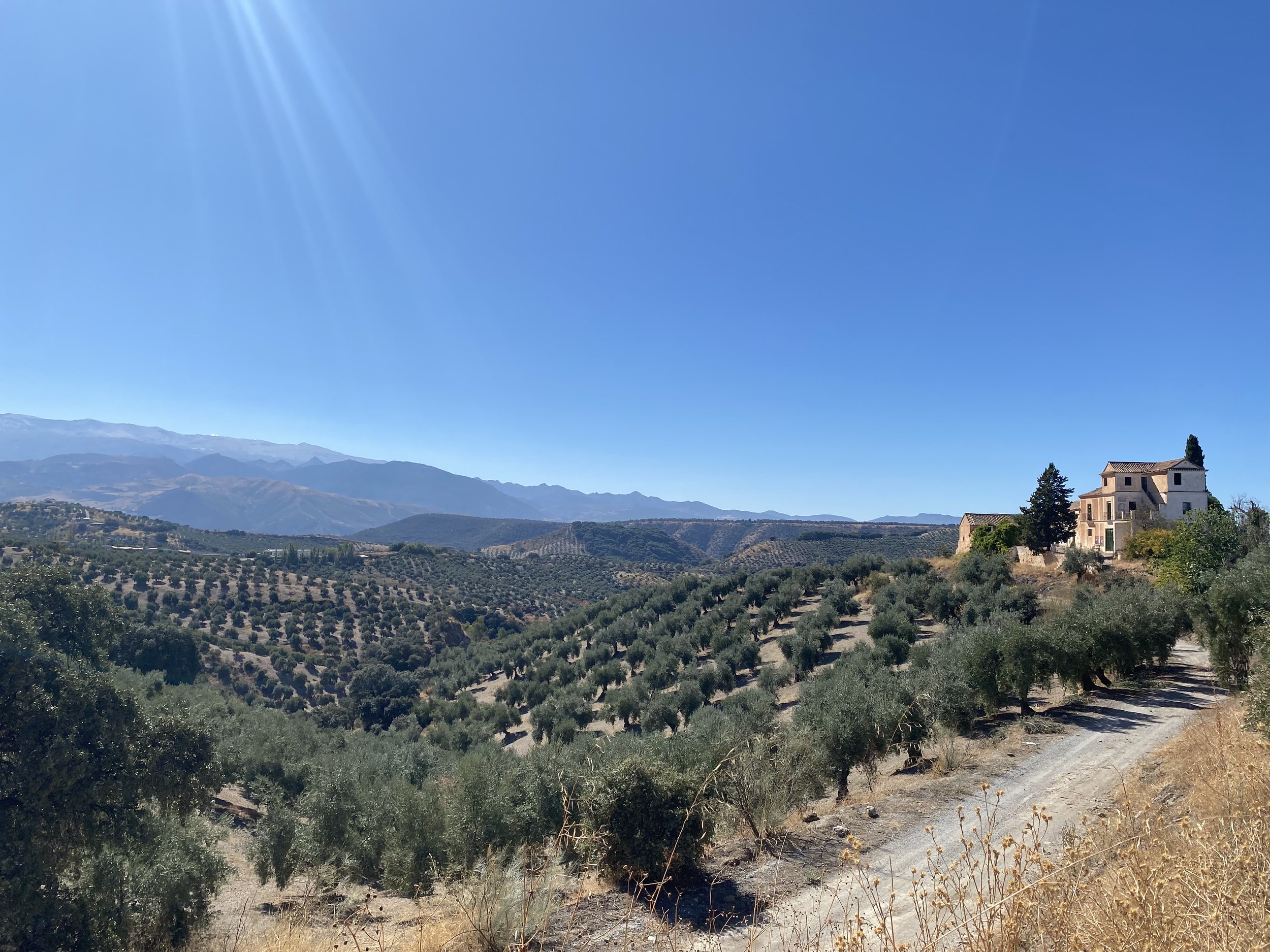Physio In Your Pocket: Back Pain Deadlifting
Deadlifts are a commonly avoided exercise, but they shouldn’t be. They are an important part of your baseline fitness, and I recommend all my athletes do them, especially if strength is not a major component of their sport (think runner or yogi vs. CrossFit athletes). However, as with all injuries, if not done with good technique or proper attention to the number of reps and how much weight you are using, you will get injured. This is especially common with deadlifts because you should be able to lift the most amount of weight possible in this position. How do you think cars get lifted off people in heroic feats of strength and adrenaline? It’s a deadlift, albeit an insanely impressive one! Since this is your strongest lift, it’s not usually long until you realize how fun it is to lift heavy things. Once that realization kicks in, it can be tempting to sacrifice good form for lifting volume. Without these considerations, the most common injury you will sustain is a back injury. There are several back tissues and structures you can injure deadlifting, and unfortunately, they are all rehabilitated somewhat differently.
In this video, I explain how to properly deload your back after a deadlift injury.
Disclaimer: This does not cover ALL the considerations of things you can injury with deadlifts. In particular you should be wary of nerve injuries. If you have any: numbness, tingling, pins or needles, loss of sensation in you leg or foot, leg pain (especially if it is both sides), groin pain, or changes in your bowel, bladder, or sexual function, these are serious consideration and you need to consult a local health care practitioner.
For the rest of you, this will help you decide what to do during the deload phase after a deadlift injury.
We gathered just in front of the eternal flame without much fanfare. Though this journey would prove to be amongst the hardest things each of us had ever done, few will truly comprehend the odyssey of which we were about to embark. But our energy was palpable, even with the absence of customary start-line hoopla. With an obligatory start-line group photo and a few goodbyes, we were on our way.
Welcome to the final blog of this series. You made it! Good for you :)
It’s Friday morning, Day 7 in the south of Spain, and the final day of our bikepacking adventure. Today we plan to ride up and over the Sierra Nevada’s highest peak, Pico del Veleta, which stands an astounding 3398 meters above sea level, then descend down the north side back into Granada.
I was so grateful they chose me amidst the chaos, but I was still too little to leave. I needed to stay behind for a few more weeks. Before our inaugural parting, they taught me my first word. My name is Stewart…
…We fell into rhythm as a family with my Mommy and Daddy coming and going in their usual patterns for work. This is how Daddy taught me my Mommy’s name. Mommy would always phone Daddy when she was leaving work, then Daddy would look at me and say “your Mommy’s coming home!” and I would race to the window. Before long, my Mommy’s car would pull into the driveway. Daddy was diligent in his lessons, asking me “where is your Mommy, go find your Mommy!”
We packed up and got the bikes ready, a ritual now well established and tweaked only once to include the olive oil chain baths. Since discovering this messy but pleasantly scented ritual, Care Bear’s gears are now silent, though we were tempting fate having her continue riding with a loose cassette. But we were so close now, salvation lay waiting in Cadiar.
I glanced up as I hauled my bike out the front door. It would be clear skies and sun cranked to full throttle for our pass through Tabernas, Europe’s only true dessert (we haven’t actually been in a desert yet?!?!).“You know,” I noted “this is the first day since Day 1 that we both woke up in a good mood.”
Turning back was not an option, it would take too much time, and too much effort, especially for Jocelyne who was falling progressively more under the weather (my poor sick little Care Bear, this is all she needed). Plus we definitely did not have enough food now that I had lost our donuts. I was rapidly transcending into a floodgate for hysteria.
The caves pictures above are some of the oldest human settlements in south-western Europe. They date back to the Neolithic Period, approximately eight thousand years ago. These cave sites, and their remnant artifacts have shed valuable inside on life during the prehistoric period in Spain. The caves are built into limestone cliffs, creating a natural shelter for humans and livestock. However, the arid climate, sparse rainfall, and persistent erosion cumulated into an inhospitable agricultural climate, and the economic consequences forced the settlers to move on decades ago. All that remain are the crumbling shells of what once was someone’s home. We saw them everywhere.
Destination: Benalua Distance: 97km, elevation gain: 2080meters, surface: 62% unpaved
We woke having to already adjust our intentions for the day. Our first day in the saddle was big, and we were unsure how long it would take to reach our next hotel. Plus we ran out of time the previous night to test ride the bikes and gear for any unseen airline damage. What we intended was an early start, giving us the most possible daylight hours for riding. But what we did was fall asleep having wrongly assumed the combination of jet lag and nervous anticipation would guarantee a restless night and inevitable early morning, so we chose not to set an alarm. That was unfortunate.









We eventually climbed over the escarpment to descend into Shawville, Quebec at the 164km mark for our last possible refuel stop of the day. There were 56km remaining before we reached our destination in Renfew, Ontario. By this point Anne’s saddle region was protesting too many hours of continual pressure, and she was suffering immensely. Spotting a opportunity for relief, she instinctively nabbed a Coke from the freezer and started icing her nether regions. “Oh man, this feels sooooo good,” she declared, melting with the cooling relief.